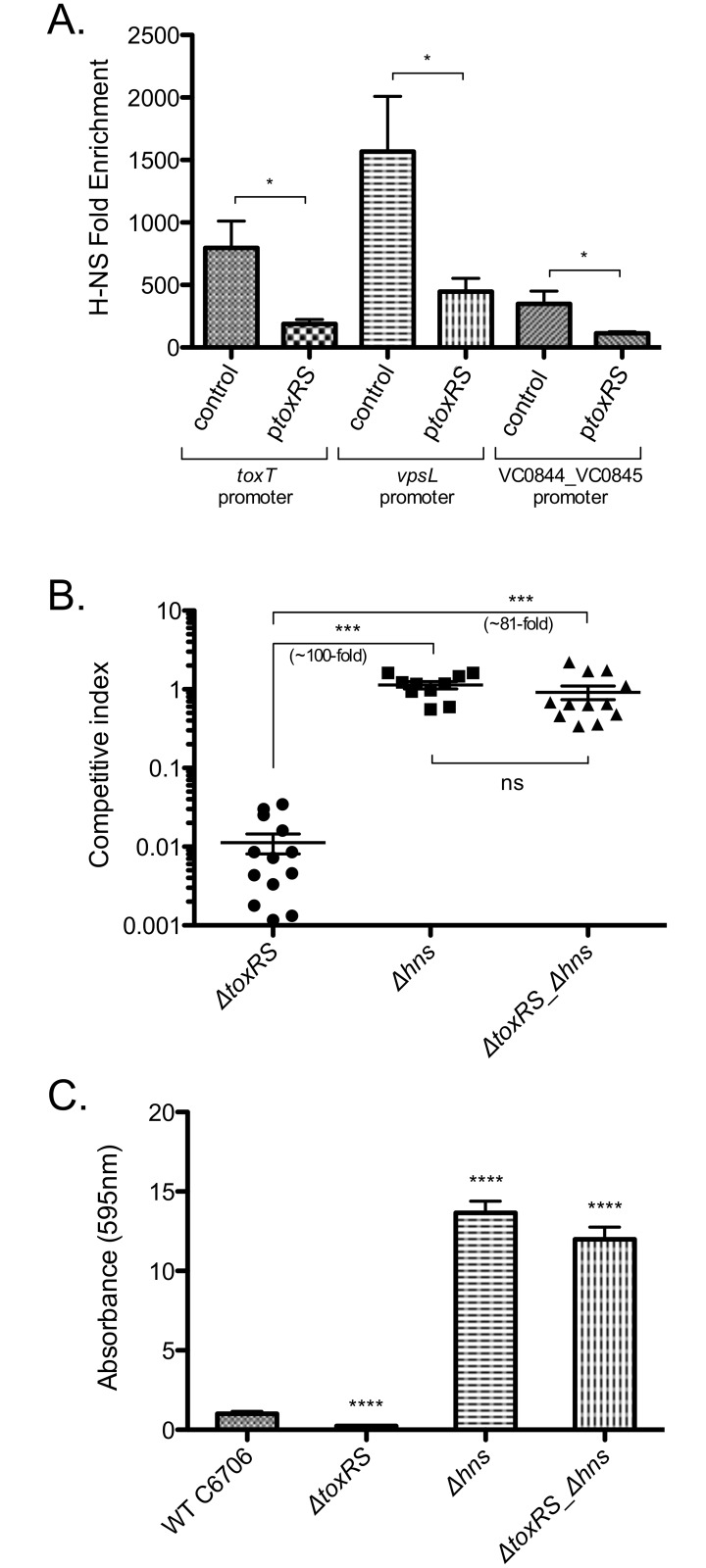Fig 4. ToxR antagonizes H-NS function to control host colonization and biofilm formation.
(A) ChIP enrichment of H-NS on the indicated promoter regions in the presence (ptoxRS) or absence (control) of toxRS ectopic expression. H-NS enrichment on the indicated promoter regions is decreased in the presence of toxRS ectopic expression (ptoxRS) compared to in the absence of toxRS ectopic expression (control). *p < 0.05, unpaired two-tailed Student’s t test. (B) Competition assays of indicated V. cholerae mutants vs. wild type strain in the infant mouse intestinal colonization model. The fold change difference between the indicated strains is shown alongside the statistical significance. Statistical significance was determined by One-Way ANOVA analysis followed by a Tukey’s multiple comparison post-test, ***p < 0.001. (C) Quantification of biofilm formation in rich broth at 30°C, All biofilm measurements were normalized to the wild-type strain which was set at 1. ΔtoxRS mutant shows a defect in biofilm formation compared to the wild-type strain, while the Δhns mutant and ΔtoxRSΔhns double mutant have increased biofilm formation compared to the wild-type strain. ****p < 0.0001, unpaired two-tailed Student’s t test. Mean with standard error of the mean (SEM) is shown.

